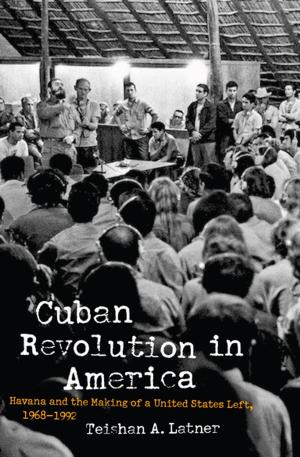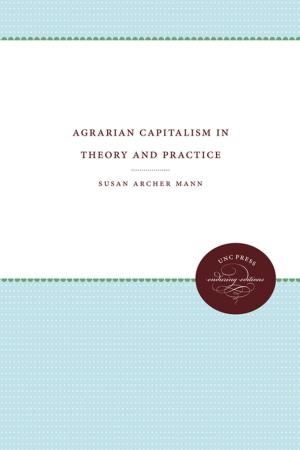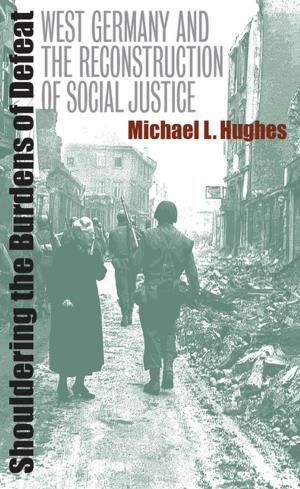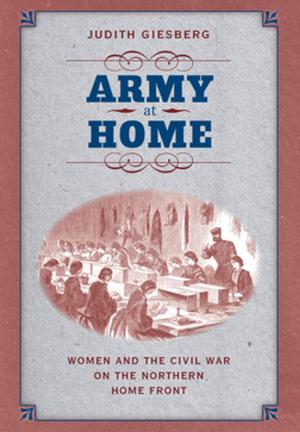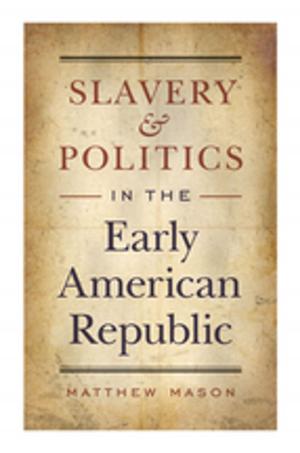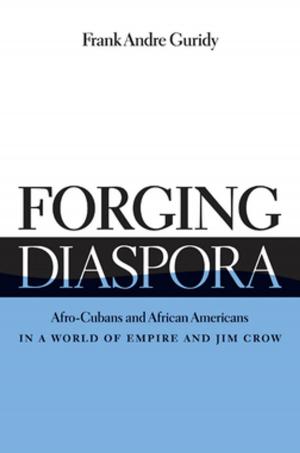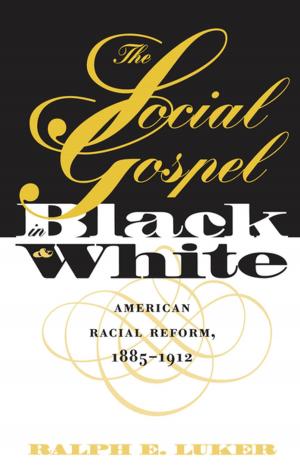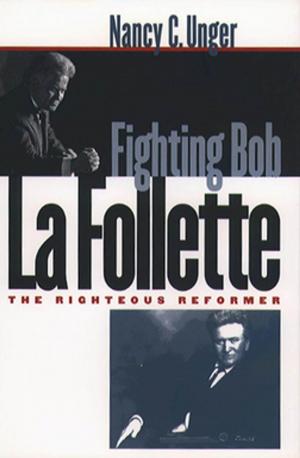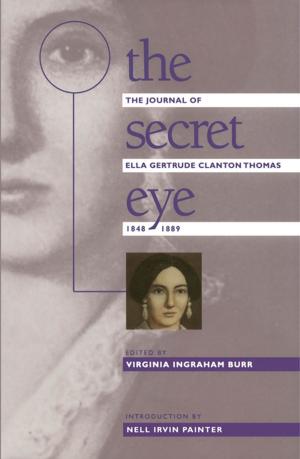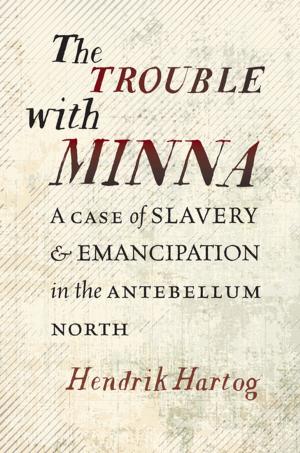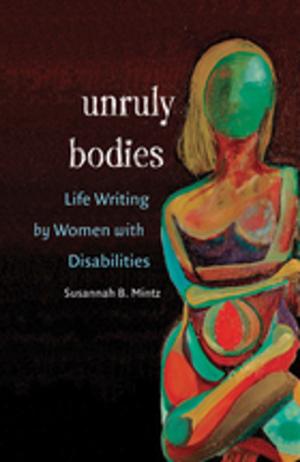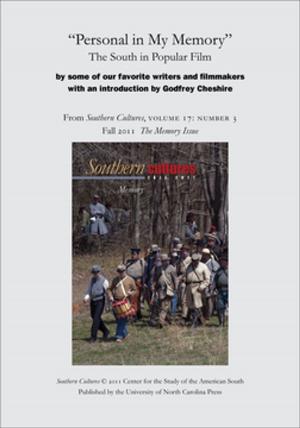The Children of Chinatown
Growing Up Chinese American in San Francisco, 1850-1920
Nonfiction, Social & Cultural Studies, Social Science, Cultural Studies, Ethnic Studies, History, Americas, United States| Author: | Wendy Rouse Jorae | ISBN: | 9780807898581 |
| Publisher: | The University of North Carolina Press | Publication: | October 1, 2009 |
| Imprint: | The University of North Carolina Press | Language: | English |
| Author: | Wendy Rouse Jorae |
| ISBN: | 9780807898581 |
| Publisher: | The University of North Carolina Press |
| Publication: | October 1, 2009 |
| Imprint: | The University of North Carolina Press |
| Language: | English |
Revealing the untold stories of a pioneer generation of young Chinese Americans, this book places the children and families of early Chinatown in the middle of efforts to combat American policies of exclusion and segregation.
Wendy Jorae challenges long-held notions of early Chinatown as a bachelor community by showing that families--and particularly children--played important roles in its daily life. She explores the wide-ranging images of Chinatown's youth created by competing interests with their own agendas--from anti-immigrant depictions of Chinese children as filthy and culturally inferior to exotic and Orientalized images that catered to the tourist's ideal of Chinatown. All of these representations, Jorae notes, tended to further isolate Chinatown at a time when American-born Chinese children were attempting to define themselves as Chinese American. Facing barriers of immigration exclusion, cultural dislocation, child labor, segregated schooling, crime, and violence, Chinese American children attempted to build a world for themselves on the margins of two cultures. Their story is part of the larger American story of the struggle to overcome racism and realize the ideal of equality.
Revealing the untold stories of a pioneer generation of young Chinese Americans, this book places the children and families of early Chinatown in the middle of efforts to combat American policies of exclusion and segregation.
Wendy Jorae challenges long-held notions of early Chinatown as a bachelor community by showing that families--and particularly children--played important roles in its daily life. She explores the wide-ranging images of Chinatown's youth created by competing interests with their own agendas--from anti-immigrant depictions of Chinese children as filthy and culturally inferior to exotic and Orientalized images that catered to the tourist's ideal of Chinatown. All of these representations, Jorae notes, tended to further isolate Chinatown at a time when American-born Chinese children were attempting to define themselves as Chinese American. Facing barriers of immigration exclusion, cultural dislocation, child labor, segregated schooling, crime, and violence, Chinese American children attempted to build a world for themselves on the margins of two cultures. Their story is part of the larger American story of the struggle to overcome racism and realize the ideal of equality.

